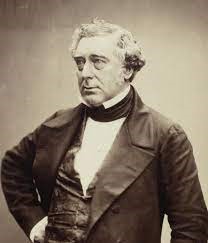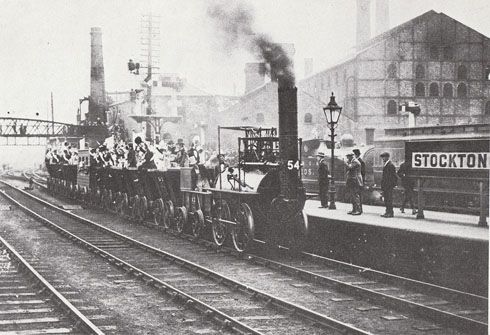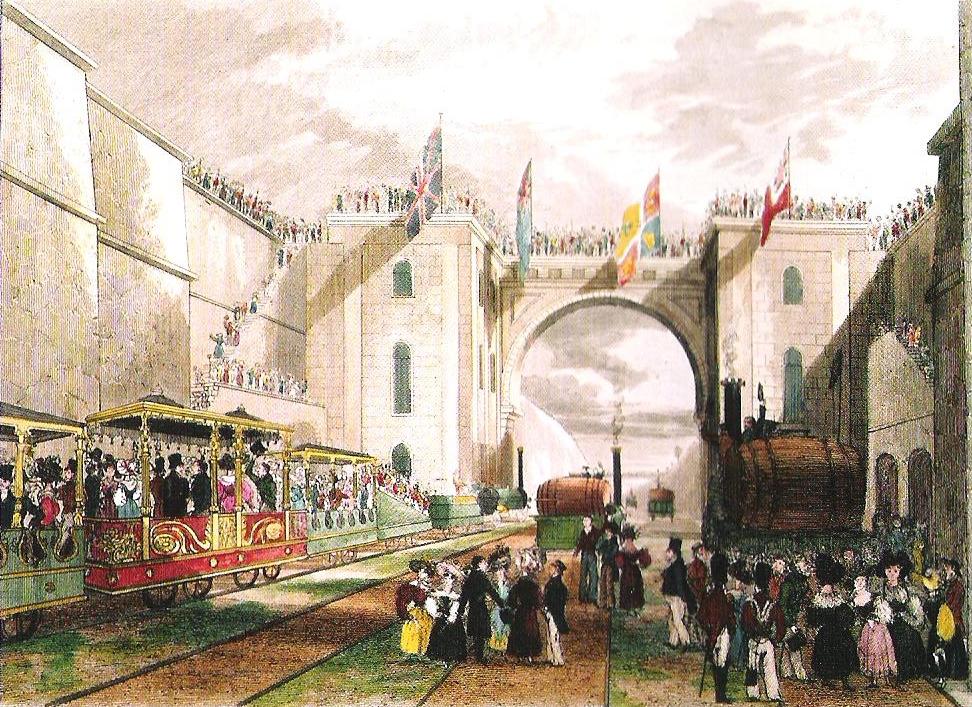EMINENT ENGINEERS THROUGHOUT HISTORY
ROBERT STEPHENSON
PREAMBLE
Who's the most outstanding engineer of all time? That's an open question with no right or wrong answer, only opinions, theories and opportunities for debate. Thankfully, plenty of engineers had gone before us and paved the path to a modern world that grants us access to so many inventions - inventions that make our lives easier. So whether you agree with the list of the most outstanding engineers below or not, it will at least give you some food for thought.
Although the modern engineering industry owes gratitude to hundreds of innovators over time, those listed have to be the most influential engineers throughout history.
Robert Stephenson (1803–1859)
Civil and mechanical engineer
Robert Stephenson built on the considerable achievements of his father, George. His forward thinking enabled the significant expansion of railways during the 'railway mania' of the mid-nineteenth century. His civil and mechanical engineering expertise established the railway concept, which developed in this country and made available to the world.

Robert Stephenson, the only son of George Stephenson, was born on 16 October 1803. Times were hard for the Stephenson family, often living in one room dwellings while George worked on various machines at different collieries and mills. Despite this, George made sure that Robert received a complete education, the quality of which increased with the father's fortunes.
After leaving the Bruce Academy in Newcastle in 1819, the young Robert was an apprentice mining engineer at Killingworth Colliery. With his increasing understanding of engineering, he helped his father in surveying the Stockton & Darlington Railway line.

The Stockton and Darlington Railway (S&DR) was the first passenger railway to use steam trains to transport passengers. The company operated across northeast England from 1825 to 1863.
The Stockton and Darlington Railway first line connected coal mines at Shildon in County Durham to Darlington. It opened on 27 September 1825.
The company used steam trains to haul its coal wagons from the first day of operation. After that, passengers travelled by horse and carriage until 1833, when that service switched to steam.
The S&DR built a line between York and Darlington. It also expanded to Middlesbrough Docks, west to Weardale and east to Redcar.
The railway was often in financial difficulties and was threatened by take over in the late 1840s.
When S&DR sold the railway to the North Eastern Railway in 1863, it consisted of 200 route miles (320km) and 160 locomotives.
Robert Stephenson's experience on the Stockton and Darlington Railway led him to assist in the first surveys of the Liverpool & Manchester Railway.

Robert Stephenson has been called the most outstanding engineer of the 19th century.
In 1829, Robert married Frances Sanderson; the couple had no children, and he did not remarry after her death in 1842. In 1847 he was elected Member of Parliament for Whitby and held the seat until his death. Although Stephenson declined a British knighthood, Robert Stephenson was honoured in Belgium with the Knight of the Order of Leopold, France with the Knight of the Legion of Honour, and Norway with the Knight Grand Cross of the order of St. Olaf. He was elected a Fellow of the Royal Society (FRS) in 1849 and served as President of the Institution of Mechanical Engineers and Institution of Civil Engineers. Britain widely mourned Robert Stephenson's death, and Queen Victoria permitted his funeral cortège to pass through Hyde Park, an honour previously reserved for royalty. Robert Stephenson is buried in Westminster Abbey.
Accreditations
https://newengineer.com/blog/the-10-greatest-engineers-of-all-time-1100231
https://en.wikipedia.org/wiki/Robert_Stephenson
https://frankensaurus.com/Institution_of_Mechanical_Engineers
Leave a Reply